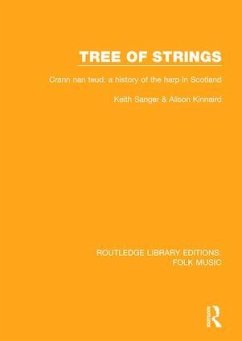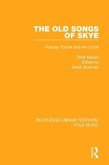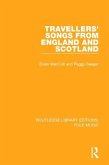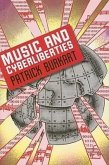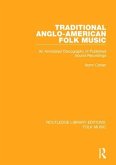This is the first history of the harp in Scotland to be published. It sets out to trace the development of the instrument from its earliest appearance on the Pictish stones of the 8th century, to the present day. Describing the different harps played in the Highlands and the Lowlands of Scotland, the authors examine the literary and physical evidence for their use within the Royal Courts and "big houses" by professional harpers and aristocratic amateurs. They vividly follow the decline of the wire-strung clarsach from its links with the hereditary bards of the Highland chieftains to its disappearance in the 18th century, and the subsequent attempts at the revival of the small harp during the 19th and 20th centuries. The music played on the harp, and its links with the great families of Scotland are described. The authors present, in this book, material which has never before been brought to light, from unpublished documents, family papers and original manuscripts. They also make suggestions, based on their research, about the development and dissemination of the early Celtic harps and their music. This book, therefore, should be of great interest, not only to harp players but to historians, to all musicians in the fields of traditional and early music, and to any reader who recognises the importance of these beautiful instruments, and their music, throughout a thousand years of Scottish culture.
Hinweis: Dieser Artikel kann nur an eine deutsche Lieferadresse ausgeliefert werden.
Hinweis: Dieser Artikel kann nur an eine deutsche Lieferadresse ausgeliefert werden.

